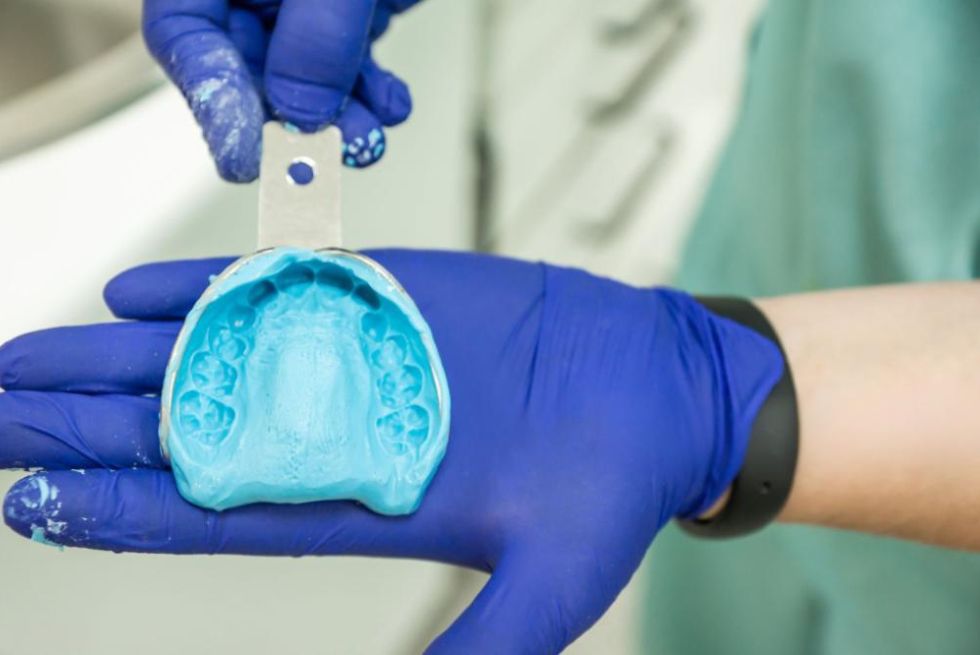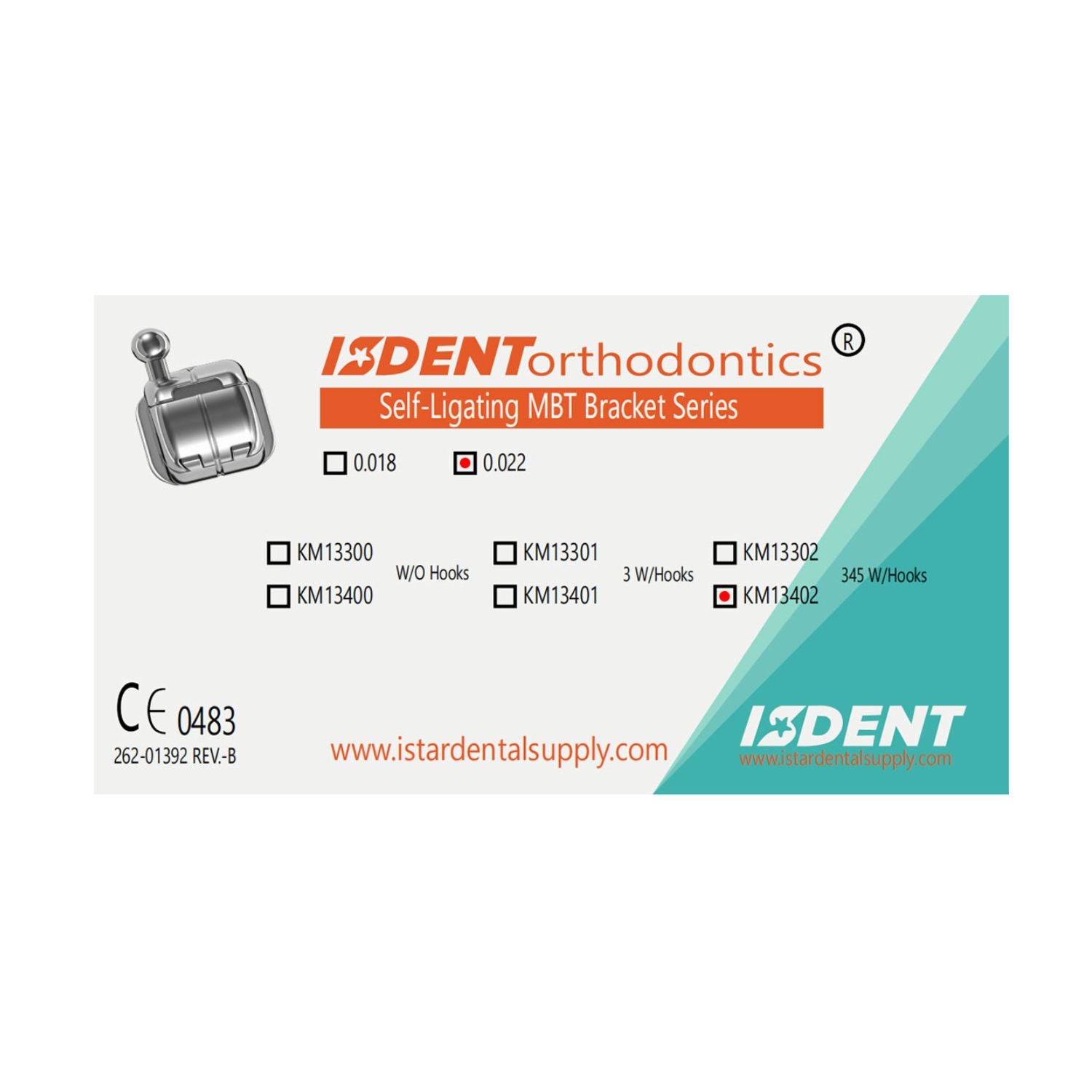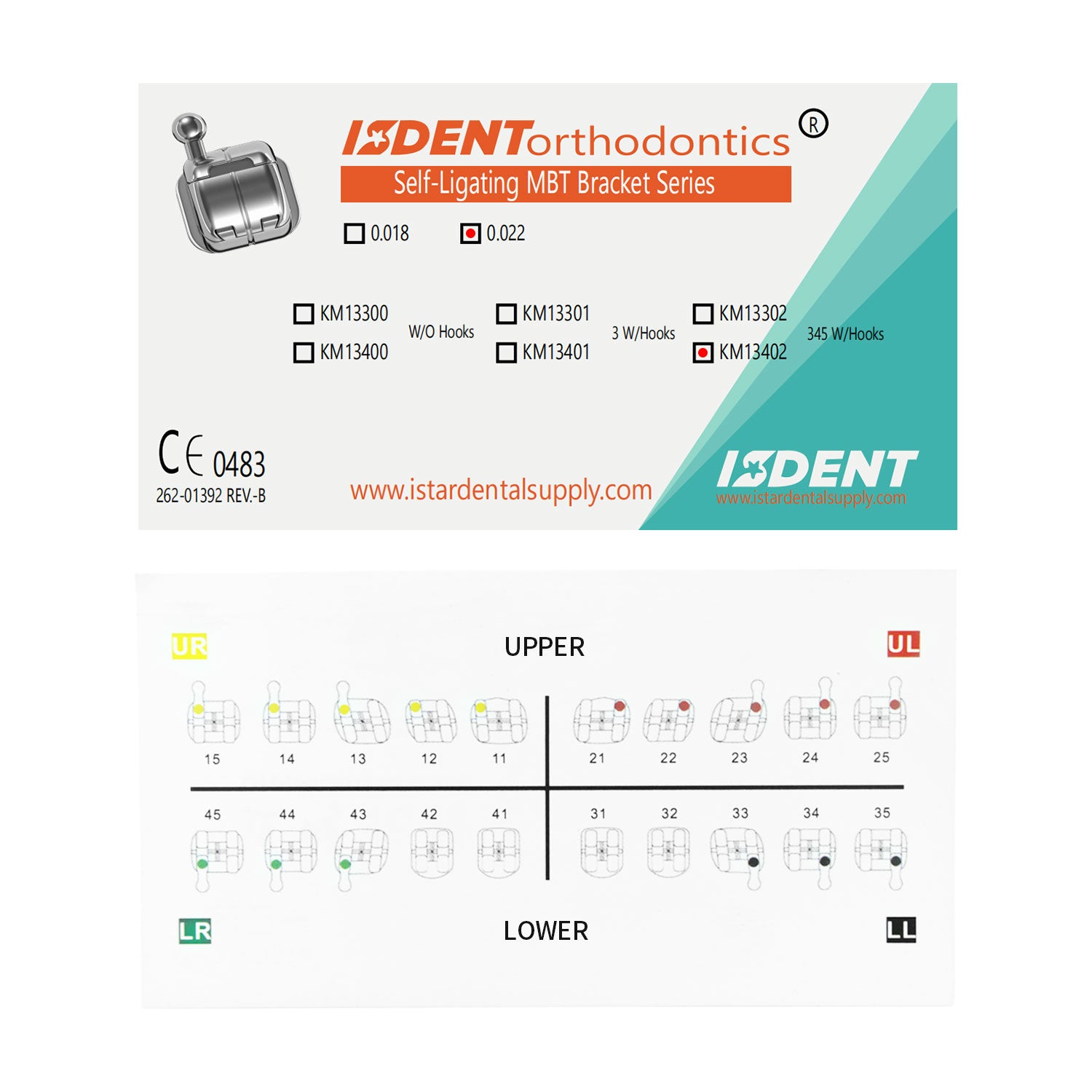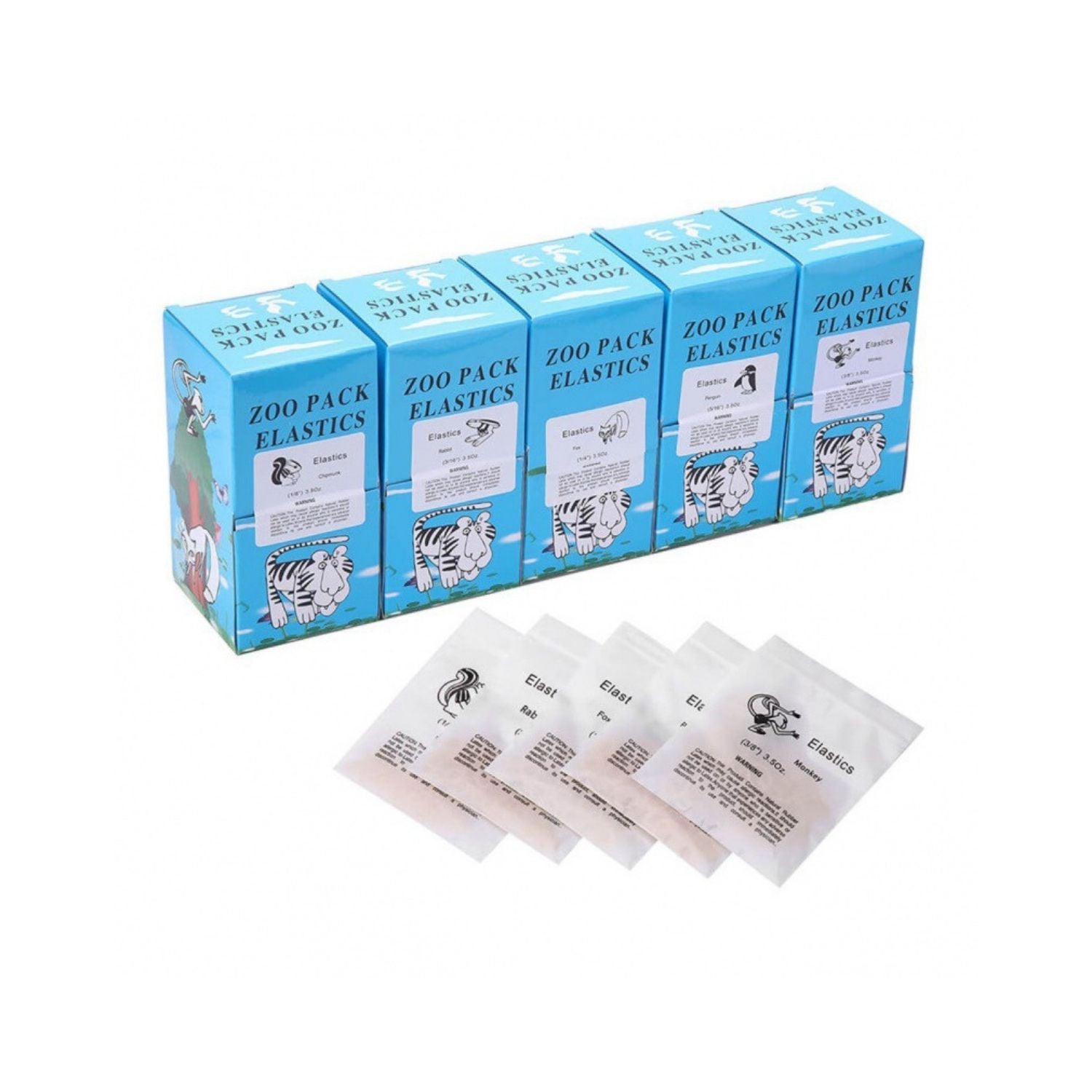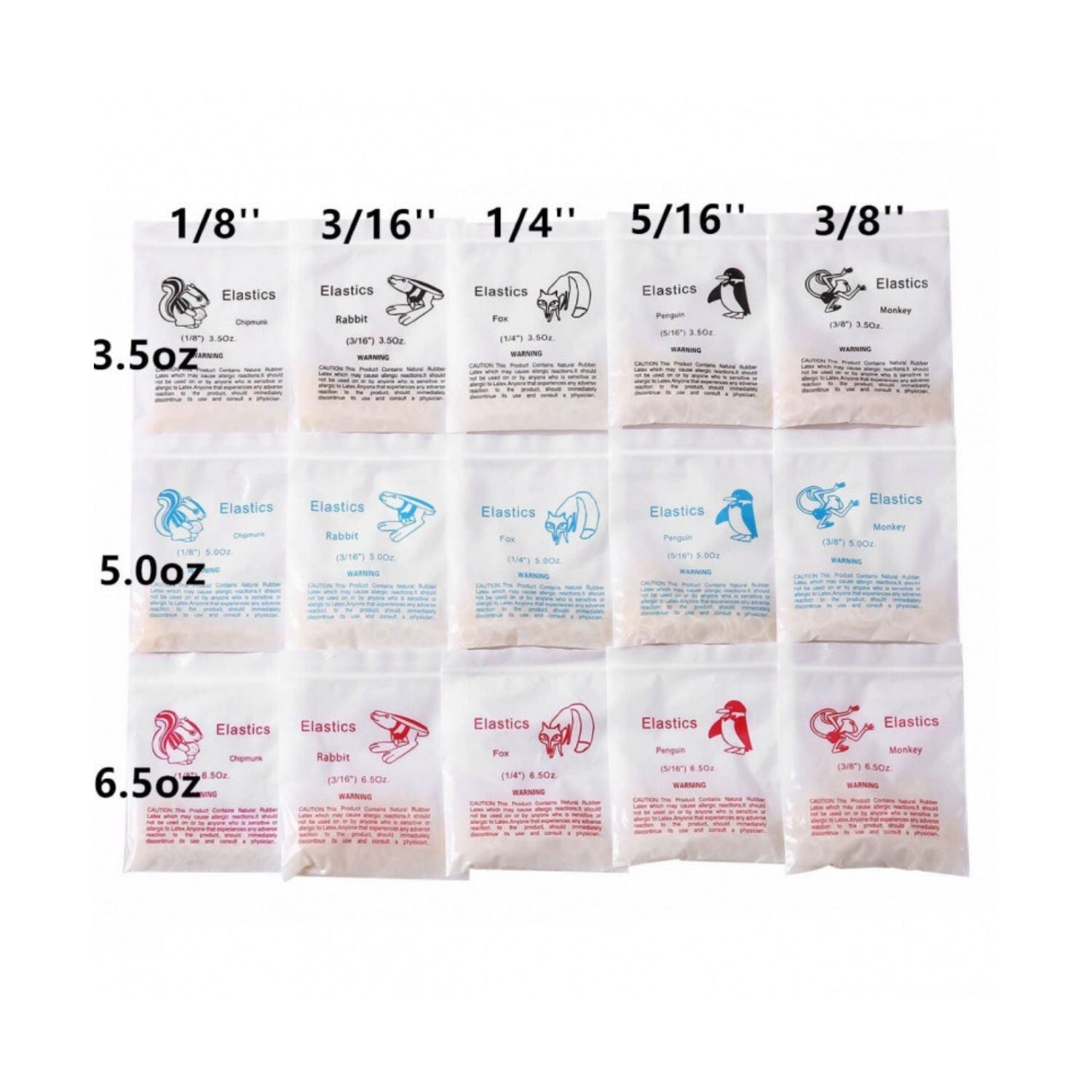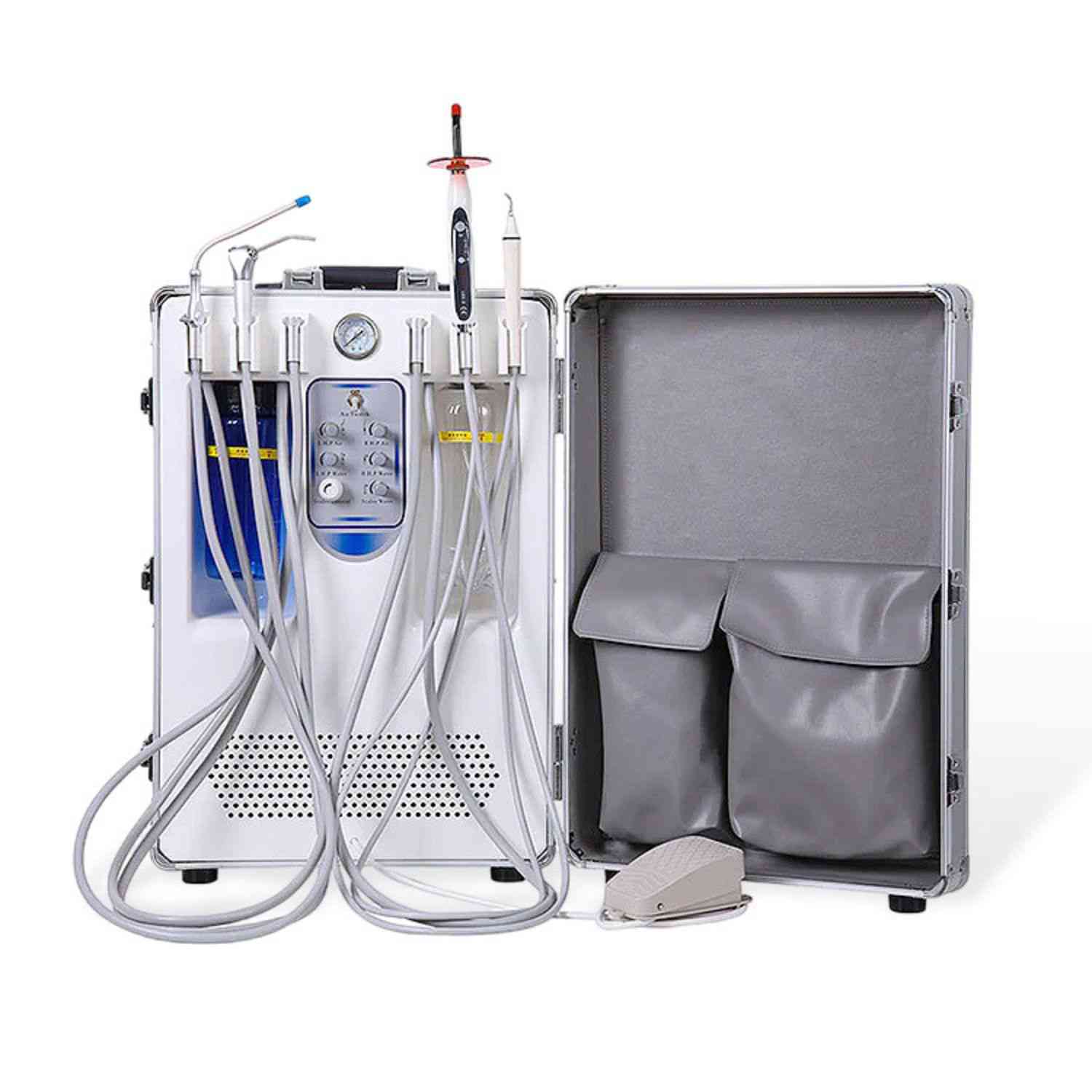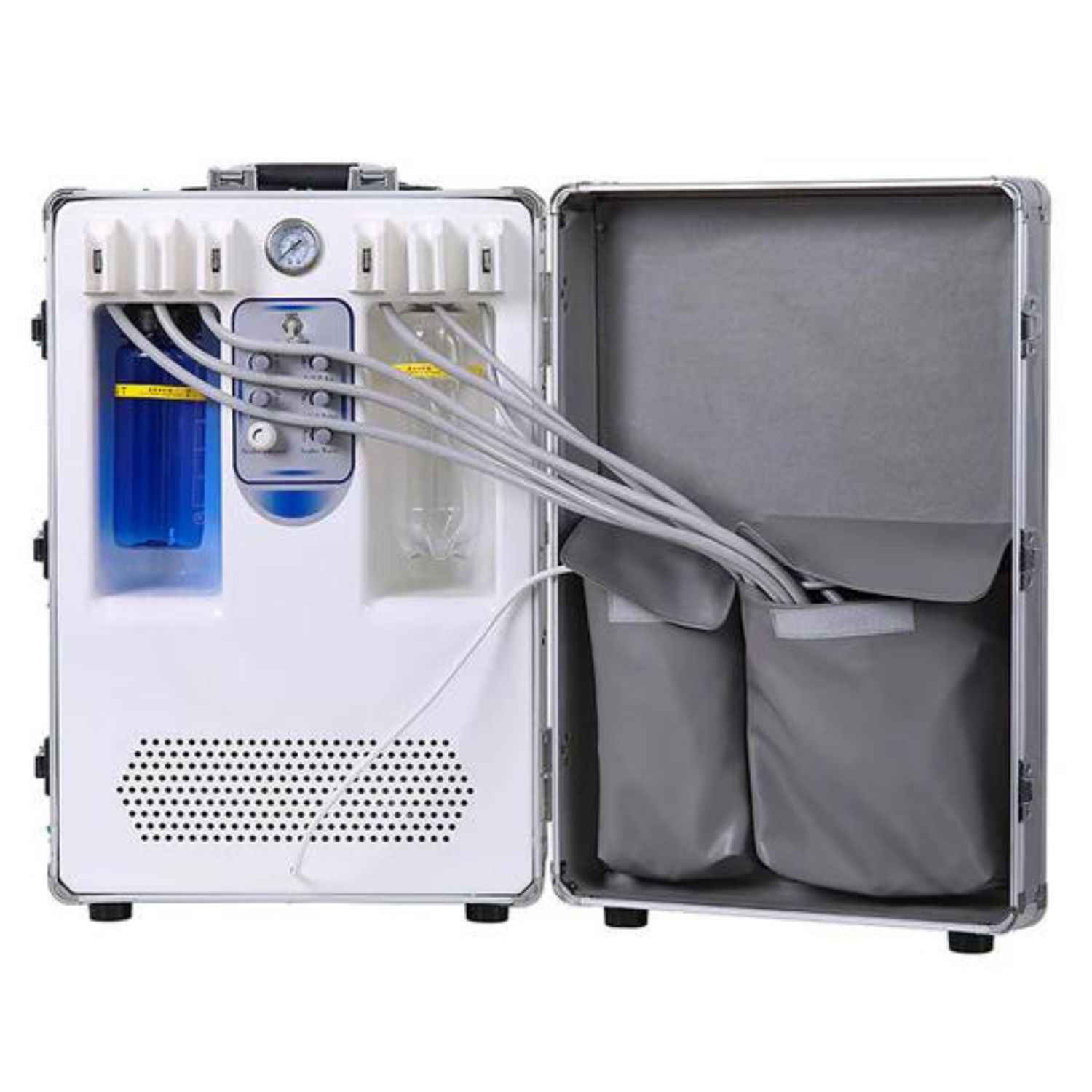Types of Dental Impressions: A Simple Guide
What Are Dental Impressions?
Dental impressions are like copies of your teeth and gums. The dentist uses them to make things that fit in your mouth. They help your dentist see what your teeth look like. They help make things like crowns and fake teeth.
Why We Need Dental Impressions
Dentists use these copies to:
- See how your teeth look
- Make plans to fix your teeth
- Make new fake teeth
- Make braces fit right
When you visit our dental equipment store, we can help you find the right tools for making good impressions.
The 3 Main Types of Dental Impressions
There are three big types of dental impressions. Let's look at each one.
1. Preliminary Impressions
Preliminary impressions are the first copies the dentist makes. They are like a first draft.
What they're for:
- First look at your teeth
- Make trays for better copies later
- Make short-term fake teeth
What they're made of:
- Mostly alginate (a gooey stuff from seaweed)
- It sets fast
- It costs less money
How they do it:
- Put gooey stuff in a tray
- Put the tray in your mouth
- Wait for it to get hard
- Take it out
Fun fact: 85% of dental offices use alginate for first impressions because it's cheap and easy to use!
2. Final Impressions
Final impressions are the best copies the dentist can make. They show all the tiny details of your teeth.
What they're for:
- Make crowns that fit just right
- Make bridges to fill gaps
- Make implants that look real
What they're made of:
- Polyvinyl siloxane (PVS) - a special goo
- Polyether - another special goo
- Silicones - thick and strong
How they do it:
- Make a special tray just for your mouth
- Use two kinds of goo - thick and thin
- Clean the copy so it's safe
- Make a model from the copy
When you need supplies for these impressions, check our orthodontics collection.
3. Bite Registration Impressions
Bite impressions show how your top teeth and bottom teeth fit together when you bite down.
What they're for:
- See how your teeth meet
- Make sure new fake teeth fit right
- Help with jaw problems
What they're made of:
- Wax
- Silicone
- PVS (like final impressions)
How they do it:
- Put stuff on a bite tray
- Ask you to bite down
- Take it out when it's hard
Important: Silicone bite registrations are 92% accurate, while wax is only 78% accurate!
Comparing Impression Materials
Let's see how the different gooey stuffs compare:
| Material | Good Things | Bad Things | Best Uses |
|---|---|---|---|
| Alginate | Fast (2-3 mins) Cheap Easy to mix |
Not very exact Can't keep long Can tear |
Study models First looks Temporary things |
| PVS (Silicone) | Very exact (20μm) Won't tear Can make many models |
Costs more Doesn't like water Takes longer |
Crowns Bridges Implants |
| Polyether | Works in wet places Very stiff Exact |
Tastes bad Hard to remove Costs more |
Under gums When bleeding Full mouth |
| Hydrocolloids | Good for no teeth Cheap Comfortable |
Hard to use Needs special gear Not common now |
Rare cases Old-style dentistry |
Did you know? PVS impressions helped make 30% fewer do-overs for crowns compared to polyether in a big study!
Digital Impressions - The New Way
Digital impressions are the newest way to make copies of your teeth. No more gooey stuff!
How Digital Impressions Work
- The dentist uses a special camera (like our intraoral camera)
- The camera takes many pictures of your teeth
- A computer puts the pictures together
- The computer makes a 3D model of your teeth
Good Things About Digital Impressions
- No gooey stuff in your mouth
- 40% faster than old ways
- 98% of patients like them better
- Can send to lab right away
- Can see right away if it's good
Not-So-Good Things About Digital Impressions
- The machines cost a lot
- Dentists need to learn how to use them
- May not work for all teeth problems
- Need computers and internet
When Digital Impressions Are Best
- Making crowns and caps
- Making clear braces (like Invisalign)
- Planning implants
- When you have a strong gag reflex
Amazing fact: Digital scans made 35% fewer do-overs for implant teeth in a big test in 2021!
Choosing the Right Impression Type
How does your dentist pick which impression type to use? They look at:
- What they need to make (a crown or full dentures or braces)
- How your mouth is shaped
- If you gag easily
- How much time they have
- How much money it costs
For one tooth, a digital scan might be best. For full dentures, maybe polyether. For braces, maybe alginate or digital.
Tips For Getting Good Impressions
If you're a patient, here are tips:
- Breathe through your nose
- Try to stay still
- Think about something else
- Ask questions before they start
If you're a dentist:
- Use the right size tray
- Mix materials just right
- Don't rush the setting time
- Keep the patient calm
Common Questions About Dental Impressions
Do dental impressions hurt?
No, they don't hurt. But they might feel weird or make you want to gag. The gooey stuff might taste funny.
How long do impressions take?
Most take about 5-15 minutes. Digital scans are faster (about 3-5 minutes). Alginate sets in 2-3 minutes. PVS takes about 5 minutes.
Which is better: digital or traditional?
It depends on what you need. Digital is faster and more comfortable. But traditional might be better for some big cases or when computers aren't working.
Can impressions be used more than once?
No. Each impression can only be used one time to make a model. But the model can be used many times.
What if I gag easily?
Tell your dentist! They can:
- Use digital scanning
- Put salt on your tongue
- Have you sit up straight
- Use smaller trays
- Use faster materials
The Future of Dental Impressions
The world of dental impressions is changing fast! Here's what's coming:
- More dentists using digital scanners (62% of US dentists now use them)
- Faster scanners with better pictures
- 3D printers making models right in the office
- AI helping make better teeth
- Phone apps to check how treatments are going
Conclusion
Dental impressions help make your smile better. The three main types - preliminary, final, and bite registrations - all have special jobs. Digital impressions are making things easier and better.
Next time you're at the dentist and they take an impression, you'll know just what they're doing and why!
For dentists looking for the best impression materials and equipment, we have everything you need at our dental unit store. Our 3D dental intraoral scanner can help you move to digital impressions!

